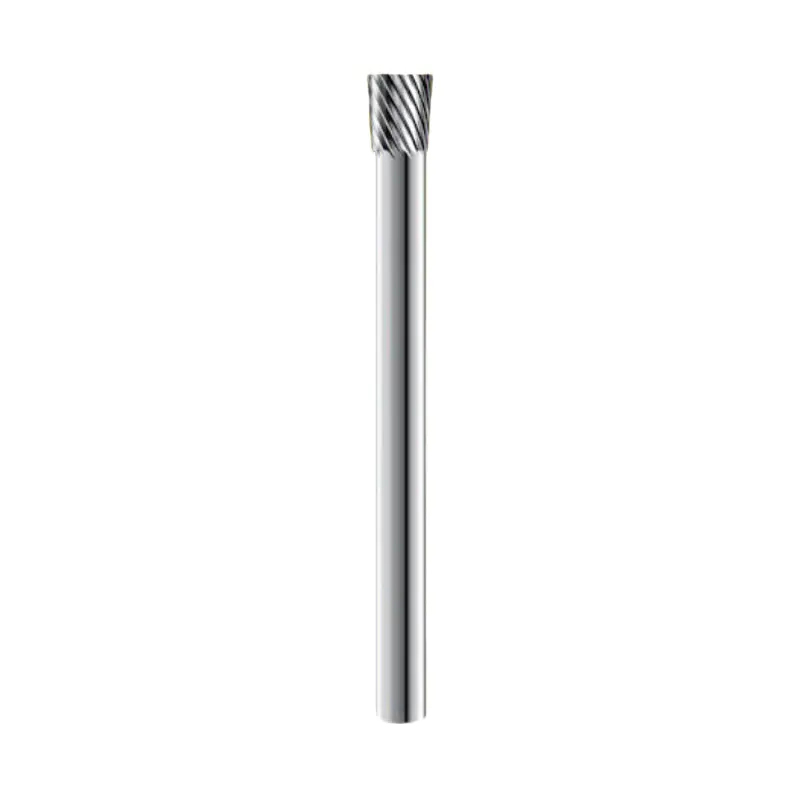Introduction to Tooth Geometry and Its Importance
The tooth design of solid carbide burs is a critical factor that directly influences their machining efficiency, surface finish, and overall performance. Different industries and applications require burs tailored with specific tooth geometries to optimize cutting action for various materials and tasks. Understanding how these designs impact chip removal, cutting speed, and heat generation is essential for selecting the right bur and achieving desired outcomes in metalworking, woodworking, or composite machining.

Coarse Tooth Design for Rapid Material Removal
Solid carbide burs featuring coarse tooth geometry have fewer but larger teeth with wider spacing between them. This configuration facilitates fast chip evacuation and is particularly suitable for heavy stock removal and rough shaping tasks. The larger teeth engage more material per rotation, which increases cutting efficiency and reduces machining time. However, coarse teeth may produce a rougher surface finish, making them less ideal for precision or finishing operations. Their aggressive cutting action is applied to softer metals or materials where speed is prioritized over smoothness.
Fine Tooth Design for Smooth Finishing
In contrast, fine-tooth solid carbide burs possess many small, closely spaced teeth that allow for more delicate material removal. This results in a smoother surface finish and greater control over cutting depth and detail. Fine tooth burs are preferred for finishing work, deburring, and intricate shaping where accuracy and surface quality are paramount. While they remove material at a slower rate compared to coarse teeth, they reduce vibration and chatter during cutting, which enhances operator comfort and precision. These burs are especially useful when working with hard or brittle materials that require careful handling.
Mixed Tooth Patterns for Versatility
Some solid carbide burs incorporate mixed or variable tooth designs, combining coarse and fine teeth in a single tool. This hybrid geometry aims to balance fast material removal with acceptable surface finish quality. The alternating tooth sizes help prevent clogging by promoting efficient chip clearance while maintaining a relatively smooth cut. Such designs are advantageous in applications where operators need to switch quickly between roughing and finishing without changing tools. Mixed tooth burs are commonly used in aerospace and automotive industries where both productivity and precision are critical.
Specialized Tooth Shapes for Specific Materials
Beyond spacing and size, the actual shape of the teeth can vary significantly to accommodate different materials. For example, pointed or triangular teeth may be optimized for cutting hard metals, whereas rounded or scalloped teeth better suit softer metals and plastics by reducing the risk of tearing or gouging. Some tooth profiles also feature self-sharpening edges that maintain cutting efficiency over prolonged use. Selecting the appropriate tooth shape in solid carbide burs reduces heat buildup and tool wear, extending tool life and improving cutting consistency.
Impact on Tool Life and Heat Generation
Tooth design also affects the heat generated during machining. Coarse teeth, by removing larger chips, tend to produce more heat due to increased friction, which can accelerate tool wear if cooling is inadequate. Fine tooth burs generate less heat but are more susceptible to clogging, which can raise cutting temperatures and damage both the tool and workpiece. Proper selection of tooth geometry, combined with effective lubrication and cooling, is vital to preserving tool integrity and ensuring consistent performance.
Conclusion
The machining performance of solid carbide burs is closely tied to their tooth design, which determines cutting speed, surface finish, chip removal efficiency, and heat management. Understanding the advantages and limitations of coarse, fine, mixed, and specialized tooth patterns enables operators to select burs tailored to specific materials and applications. By optimizing tooth geometry choice, users can enhance productivity, improve workpiece quality, and extend tool life across diverse machining tasks.